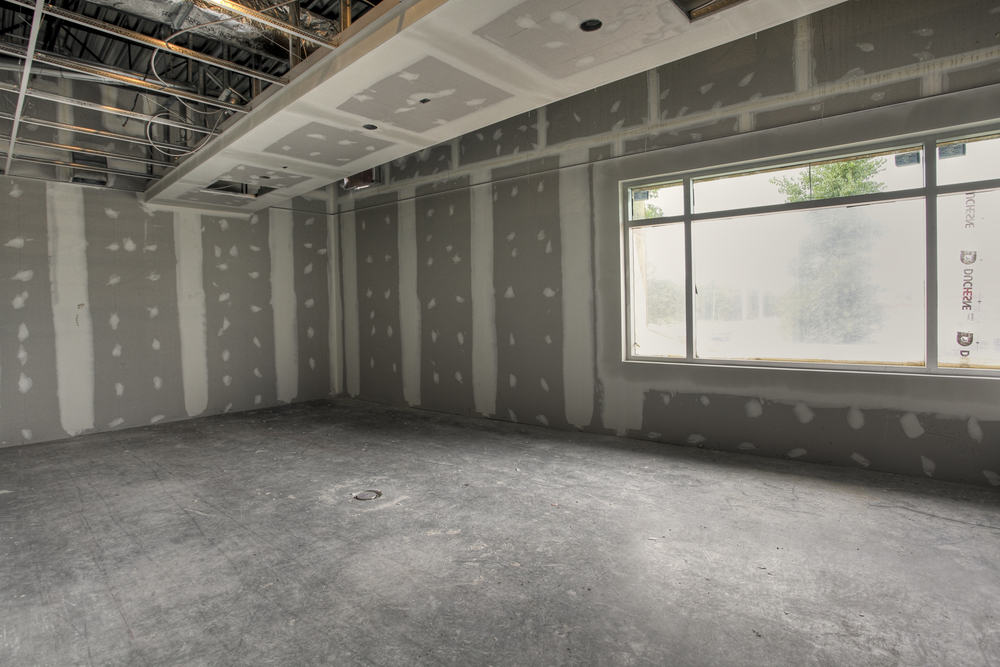There are several important steps that can be part of your move into a new office space. When you move out of your existing space, the first step is returning it to its previous condition. This means you must decommission your office space or clean it up to ensure the return of your security deposit and standing with the rental company.
If you’re unsure what decommissioning an office means, this guide outlines what steps to take to complete this process correctly.
What Does Decommissioning an Office Mean?
Decommissioning an office refers to the broad process of removing everything from an office location. It also involves cleaning the entire office from floor to ceiling and removing all traces of a company’s use of the space. The office decommission process makes it easier for new tenants to customize the space to their needs.
When you decommission your office, you can decide what to do with the items within it, including the furnishings and decor elements. Taking the necessary steps ensures you can qualify for any security deposit you may have put down on the space.
Office decommissioning is often a long, laborious process to handle on your own. Most businesses hire moving companies to assist with their decommissioning needs.
Mesa can help you with all decommissioning needs. Our comprehensive commercial moving solutions include assistance with decommissioning your previous office space so you can move to your new location.
Before You Get Started
Several items to remove from your office space before the decommissioning process begins. These items include:
- Signage
- Printed materials
- Computer hardware
- Office equipment
- Company files
- Confidential information
Whether a business is permanently closing or moving to a new space, the owner(s) should take items they want to keep from the office.
How to Decommission an Office in 4 Easy Steps
When your business relies on a moving company, decommissioning an office typically involves four main steps:
1. Reviewing Decommissioning Requirements
The first step in the decommissioning process is meeting with the property manager of the old office location. During this meeting, you’ll receive all the decommissioning requirements for the space you agreed to when you signed your lease.
Some of the specific topics you’ll go over with the property manager prior to decommissioning the office include:
- What devices need to go: All photocopiers, fax machines, and other devices should be decommissioned (i.e., turned off) and moved out of the space before it’s vacated.
- What needs to be turned off: All phone lines and DSL connections should be turned off before you move out. If the previous tenants used an answering service, it should be discontinued as well.
- What may have been damaged: The property manager will show or explain to you any other specific needs for restoring the office space to the condition it was in before you moved in. This discussion will typically cover any property damage that occurred during your stay, both on an individual and communal basis.
If no specific decommissioning requirements exist in your lease, the property manager may have their own wishes for returning the space back to its original state. You’ll want to honor these wishes as best you can.
If you took photos of the office space before you moved in, bring them to this meeting. This can help you locate items you need to remove or repair before you move out of the space.
2. Creating a Decommissioning Timeline
Once you have all the basic requirements of the process under your belt, it’s time to lay out your timeline. Taking this step allows you to plan for each step and meet the deadline to move out. As you work on your timeline, contact our team of movers to get on the schedule.
It’s important to coordinate schedules among contractors or workers if you’re hiring them to assist you with this process, especially if you’re working with different companies or groups.
Also, be sure to inform the property manager of the decommissioning timeline, and when you’ll be vacating the office space. If you plan to occupy it but have a limited presence, you can also discuss this situation with the property manager.
How Long Does Decommissioning Take?
Depending on the size of the office and the extent of your decommissioning needs, the process can take up to six months. Many businesses use a moving company to shorten this timeline and simplify the tasks they’re responsible for completing.
By having a moving company take care of your old location, you can focus on your new location’s needs while minimizing any disruptions for your employees and clients. A moving company can also manage the challenging tasks associated with moving a business out of its previous space and into its new location.
3. Liquidating Furniture and Equipment
For many businesses, whether moving, downsizing, or even closing down entirely, the liquidation of furniture and equipment is common. Mesa can manage the process of decommissioning office furniture and partnership with a third-party company experienced in liquidating used office furniture and equipment.
Before you hire a third party, consider these three aspects of liquidation:
- Priorities: Identify your goals relating to economics, the environment, and other areas. You might ponder whether you are most interested in getting the best deal possible or honoring environmental and sustainability factors. You’ll also want to consider the space you currently have for storage and disposal, any potential dangers of used equipment (such as lead exposure), and other issues that may arise with existing furniture and equipment.
- Usable assets: The office liquidation process often involves many usable assets, such as desks, chairs, and other furnishings, along with computers, phones, copiers, and other devices. Consider the benefit of reusing any of these assets as part of your decommissioning process. If you can’t keep something on hand for a few months or longer, consider selling it rather than simply throwing it away or recycling it.
- Basic inventory: Before the liquidation process begins, perform a comprehensive inventory of all used furniture and equipment. This inventory list should include as much detail as possible, including damage or wear that might add to your costs for restoring, transporting, or disposing items. Consider taking photos to reference if there are questions about your decommissioned assets down the road.
4. Completing a Final Walk-Through
Usually performed with the property manager, a final walk-through of the space will demonstrate the completion of the decommissioning process. You might point out corrections for any property damage and the restoration of small items (like pens and pencils) that were removed for decommissioning purposes.
Mesa Storage and Moving Makes It Easier to Move Offices
For more on how to start decommissioning an office space, or to learn about any of our storage services, speak to the staff at Mesa today.
If you live in Boise, Salt Lake City, Denver, or Bozeman and are considering an office relocation, contact us today to get immediate help to move into your new office, as well as decommission the existing space.








